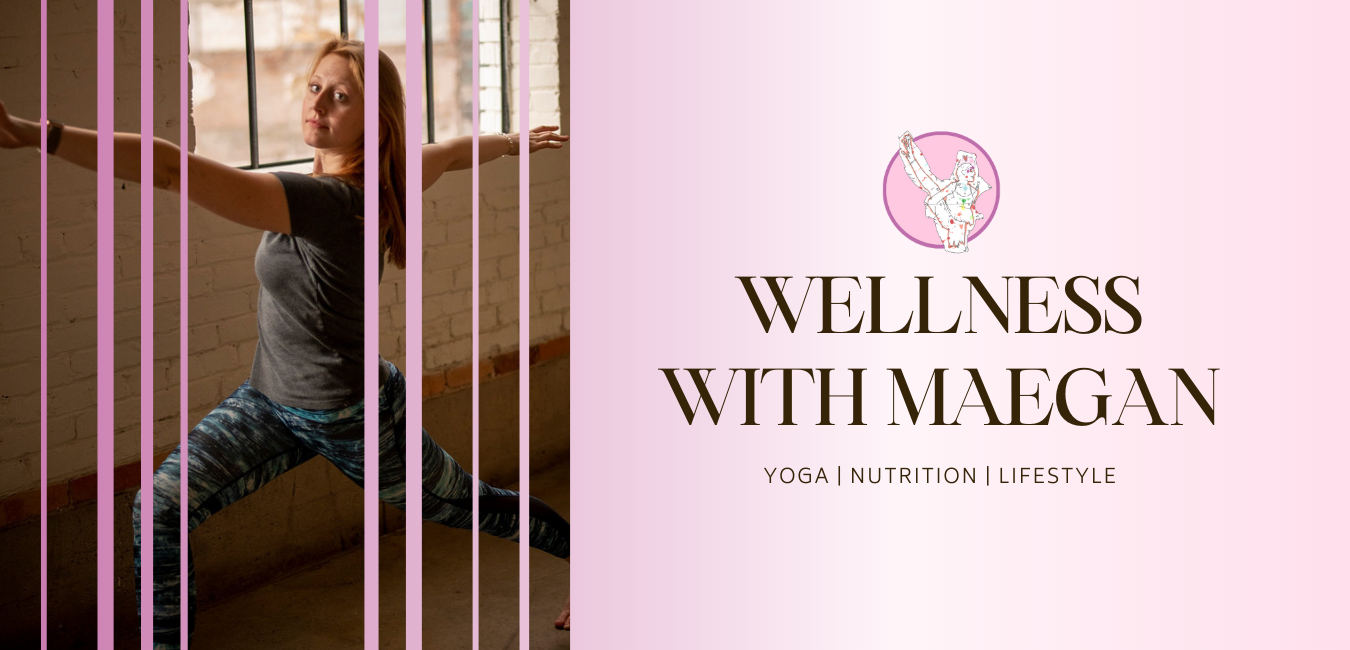Good posture is defined as a neutral spine. Looking at the front or back of the spine the 33 vertebrae that exist there should appear completely vertical.
“Mountain Pose” is a great place to start when viewing posture. Start by looking at yourself from the side in a mirror, check in with the curves that you see in your spine, (if you see no curves, congratulations, you are done!) for the majority of the population, this is where the work starts. Start from the bottom and begin working your way up. Check in with your feet, notice the distance between them, how they are planted on the ground, and how far in front of you or behind you they are. Try to bring the feet so that they are hips distance apart and stacked right under the hips, check in and be sure they are parallel to one another and not turned out. Next, begin evenly distributing weight between the two feet, rock yourself forward and back, from side to side, eventually landing in the middle of each foot where you have a full 360 weight distribution between the feet. Next, check in with the knees: there should be a micro bend through your knees so that they are right over the top of the foot. Whenever standing ensure this bend is there so there is even blood flow through the body and that the knees are never locked. The hips should be at neutral, and not the typical anterior tilt that we often see. (see below) You can arrive at this place by tucking the tailbone and pulling the belly button up and in to engage the low belly. Keep the head and neck at neutral and breathe normally into the belly and rib cage.
The best exercise that can be done to improve posture are core strengthening exercises because standing straight up requires some core engagement. You can strengthen your core with many exercises, but here are a few examples.
Boat Pose
Come to a comfortable seat, bring the feet out in front of you, planted on the ground, hips distance apart, knees straight up in the air at about 45 degrees. Begin by lifting up into the crown of the head and lengthening the spine, ground down into each sit bone, reach the arms out long in front of you, lift up into the chest slightly, and engage the core and hold. To increase difficulty, slowly begin to lift one foot up off the ground without moving the spine, alternate feet holding each for about 5 seconds.
Plank
Come to the hands and the knees, walk the knees back so they are slightly behind the hips, lower down onto the forearms, keep the hips and shoulders in an even line, round out slightly through the upper back and engage the core. Hold this for about a minute, and to increase difficulty first come up onto the hands, maybe you stop here, if you want to continue on dig into the toes to lift the knees up.
Chair Pose
Bring the back up against the wall, step the feet out so you are able to slide the hips down the wall and bring the hips even with the knees without allowing the knees to extend over the toes, engage the core and stay here for about one minute, for more intensity bring the arms straight up above the head. To increase intensity, do all of this without the support of the wall.
